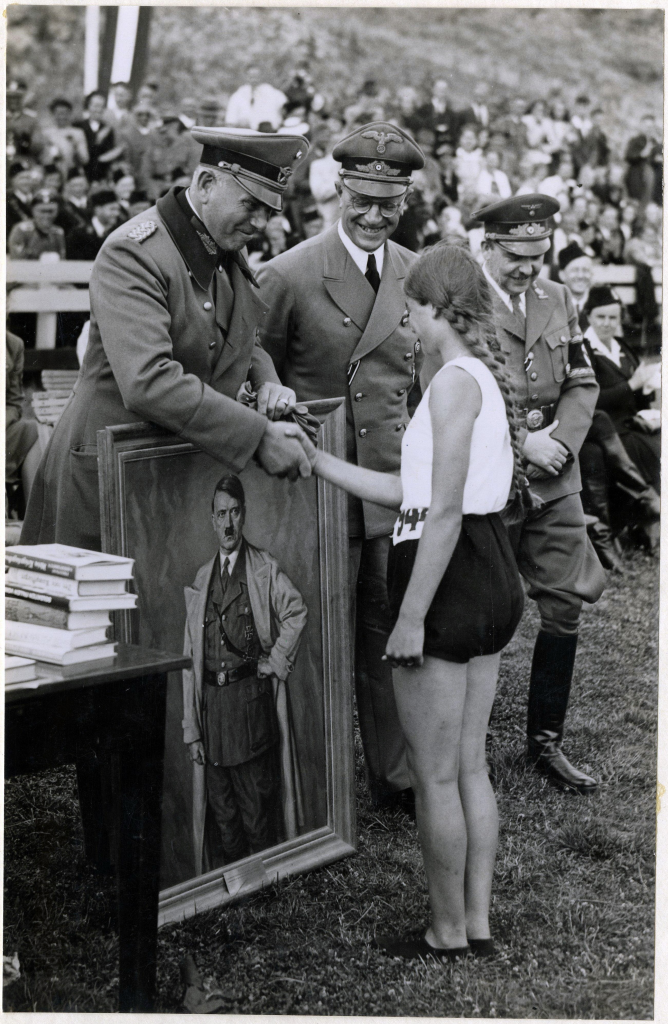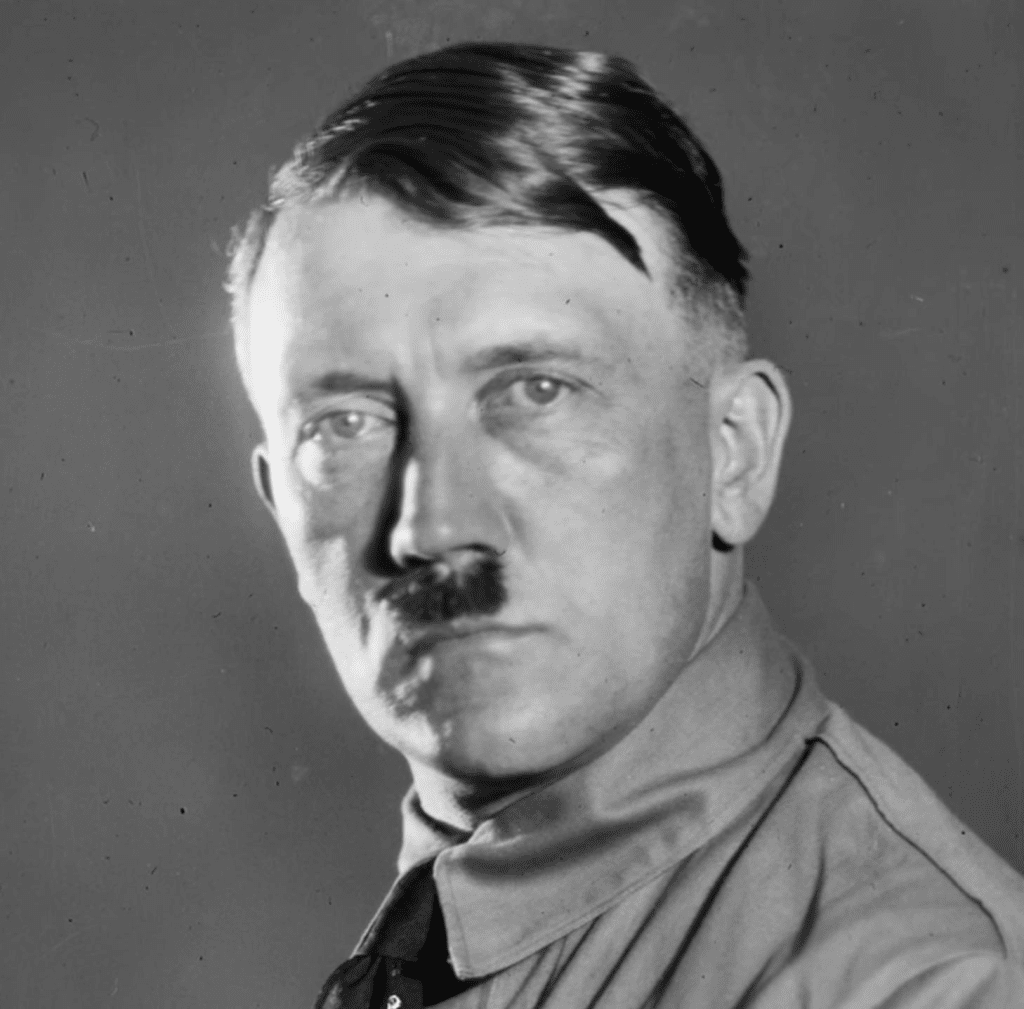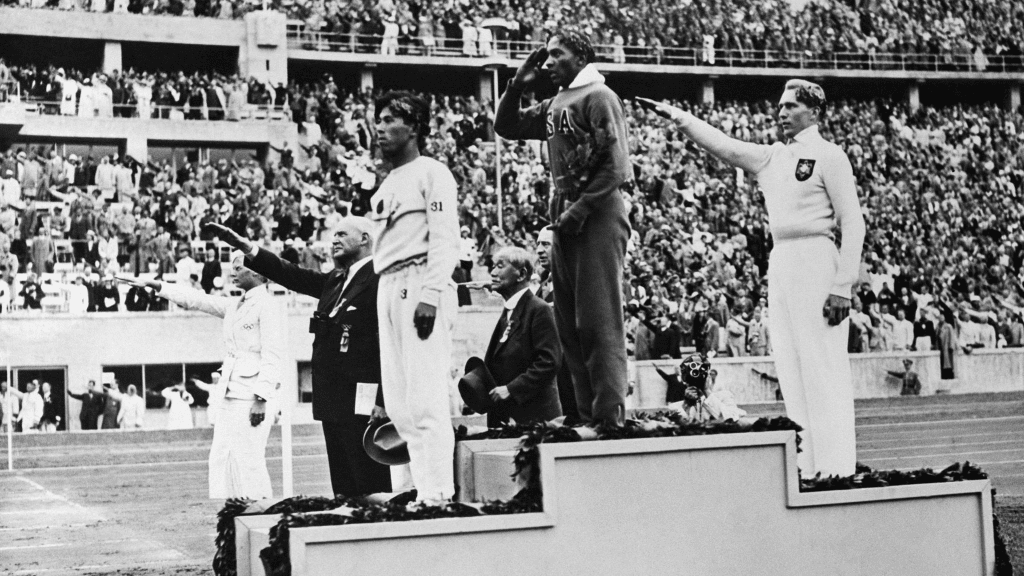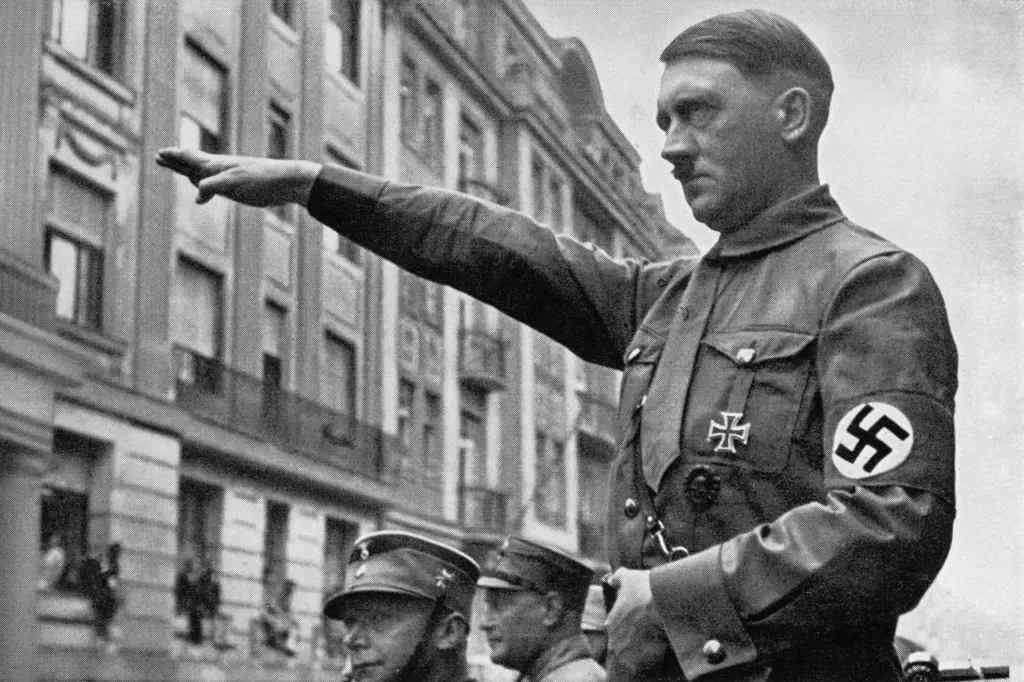What would you do if your prize was a portrait of Adolf Hitler?
It sounds like a twisted joke, but for one Dutch athlete in the 1930s, it was a very real and deeply uncomfortable reality. In a largely forgotten chapter of history, this moment serves as a rare, haunting reminder of how politics, propaganda, and personal conscience once collided on the world stage of sport.

The Shadow of 1936
The year was 1936, and the world was holding its breath. Nazi Germany was in full control of the political stage, and Hitler’s regime was determined to show strength, discipline, and national pride to the world especially through the Olympic Games in Berlin.

Athletes from around the globe gathered, many unaware of the deeper agenda that loomed behind the stadium walls. These games were meant to be more than athletic showcases; they were propaganda in motion.
But one athlete from the Netherlands would find himself in an especially bizarre position.
Video:
A Dutch athlete receives a portrait of Adolf Hitler as a sports prize
A Prize Wrapped in Propaganda
Though his name has been lost in some historical accounts, the story remains chillingly vivid. After a strong performance in a local Nazi-sponsored athletic meet in Germany, this Dutch sportsman stepped onto the podium, expecting a typical medal or trophy.
Instead, he was handed something else entirely: a framed portrait of Adolf Hitler.
For a brief moment, confusion reigned. Was this real? Was this meant to be an honor—or an insult? The gift, meant to glorify the Führer’s image and link it to athletic achievement, was no ordinary award. It was a tool of Nazi propaganda disguised as a gesture of recognition.
And the Dutch athlete was not having it.

A Quiet but Powerful Rejection
Rather than smiling for the cameras or politely accepting the prize, the athlete made a quiet but powerful choice. He refused to take the portrait home. Accounts say he left it behind, walking away from the podium with an uneasy silence hanging in the air.
This wasn’t a protest shouted through a megaphone or splashed across headlines. It was subtle, almost invisible to the crowd. But in that moment, the refusal spoke volumes.
Video:
Hitler’s Champions
Without saying a word, the athlete rejected what the portrait symbolized: oppression, authoritarianism, and hate. In an era when many looked the other way, his small act of defiance stood out.
Lost in Time but Not Forgotten
Today, this story barely appears in textbooks. But it lingers as one of those strange and powerful footnotes that remind us how history is shaped not only by grand battles or political decisions—but by individual moments of courage.
Would most people have had the guts to do the same in his shoes? Accepting the picture might’ve meant nothing. But refusing it? That was something.
At a time when refusing to cooperate with the Nazi regime could have serious consequences, this Dutch athlete chose conscience over compliance.

Why Stories Like This Matter
In a world increasingly saturated with public gestures, hashtags, and statements, this forgotten act of quiet resistance holds a unique kind of power. It didn’t go viral. It didn’t win headlines. But it was real. Honest. Human.


